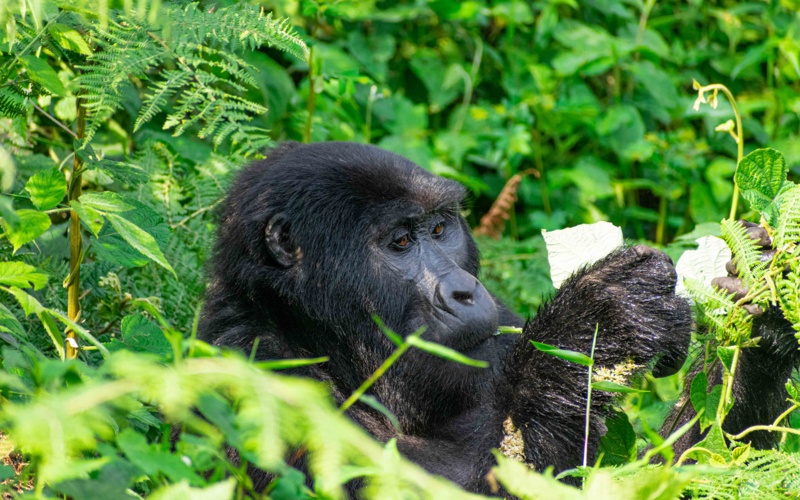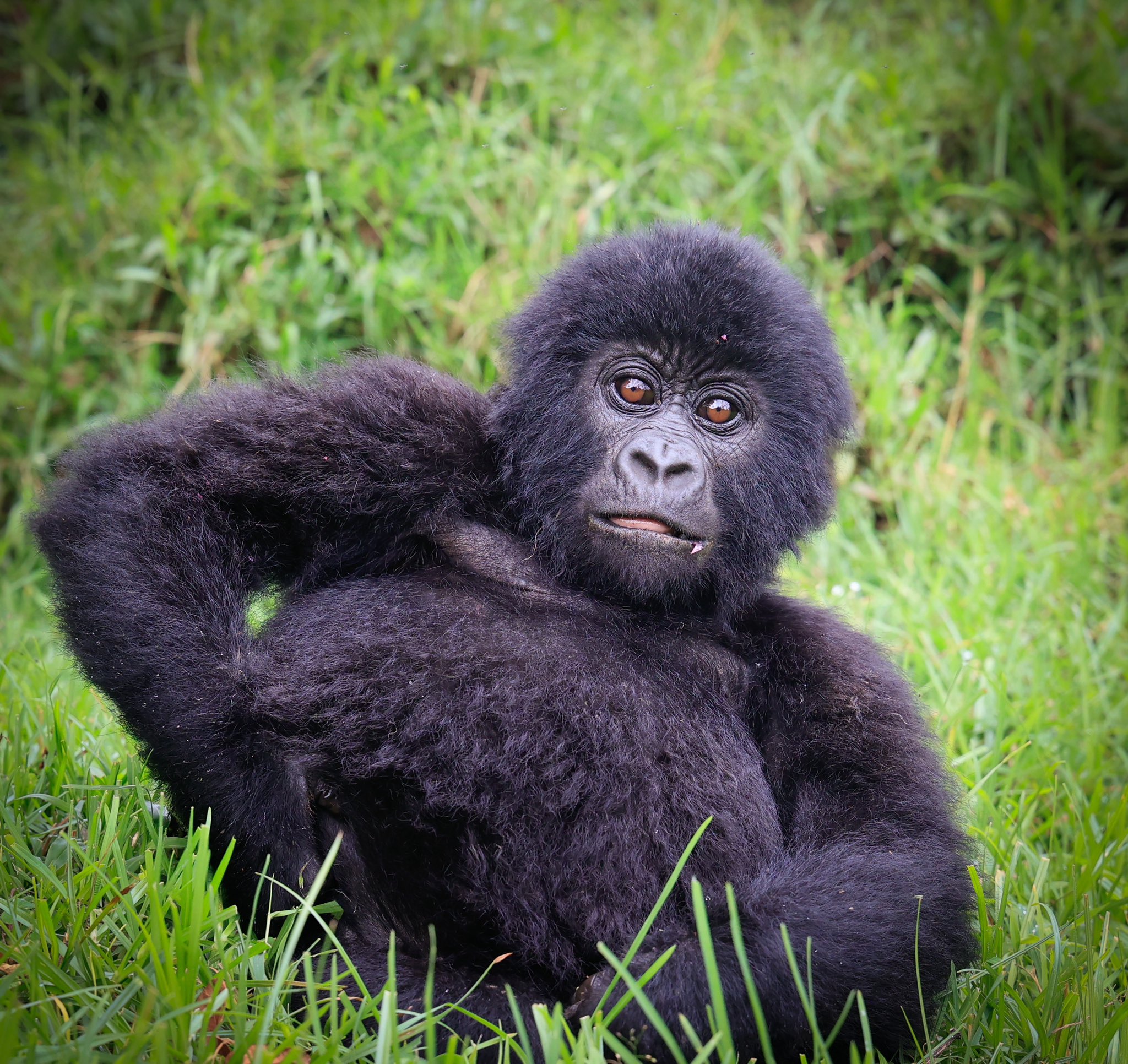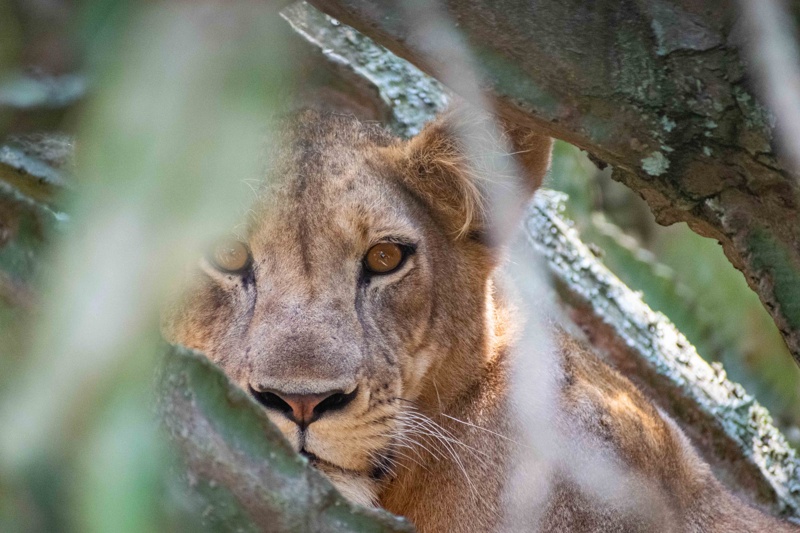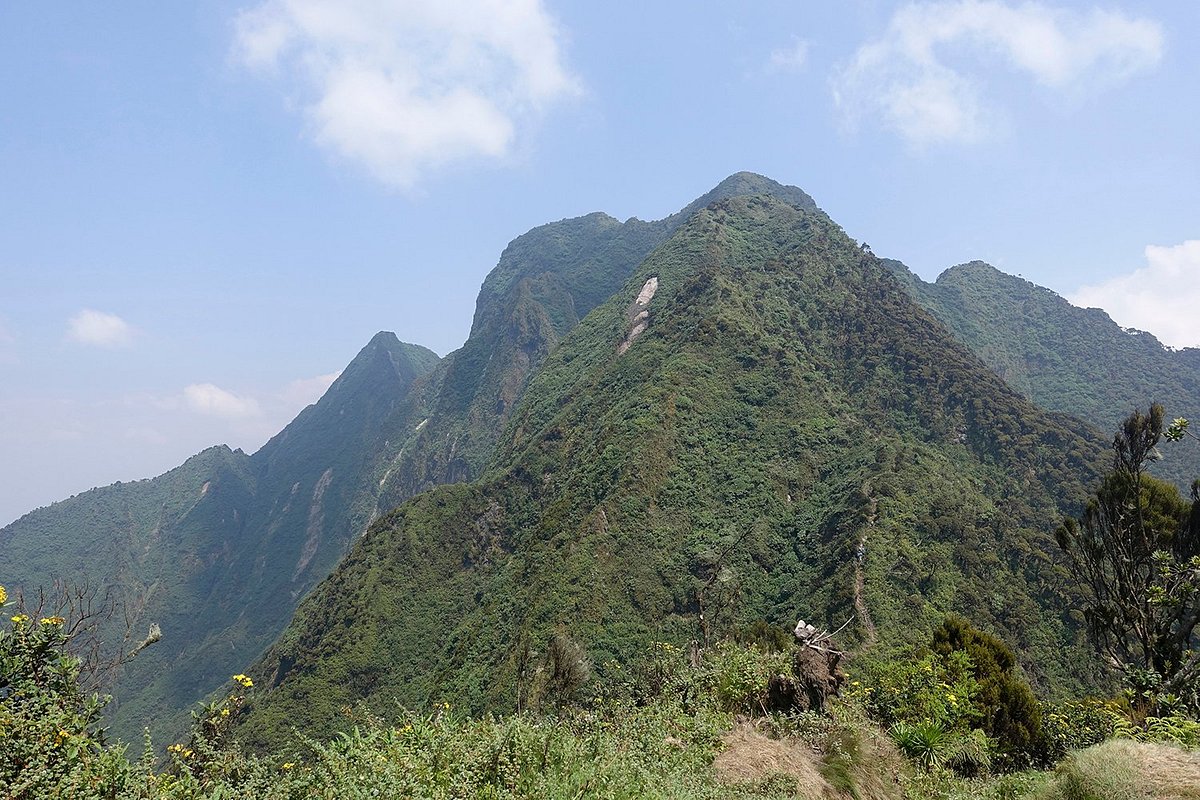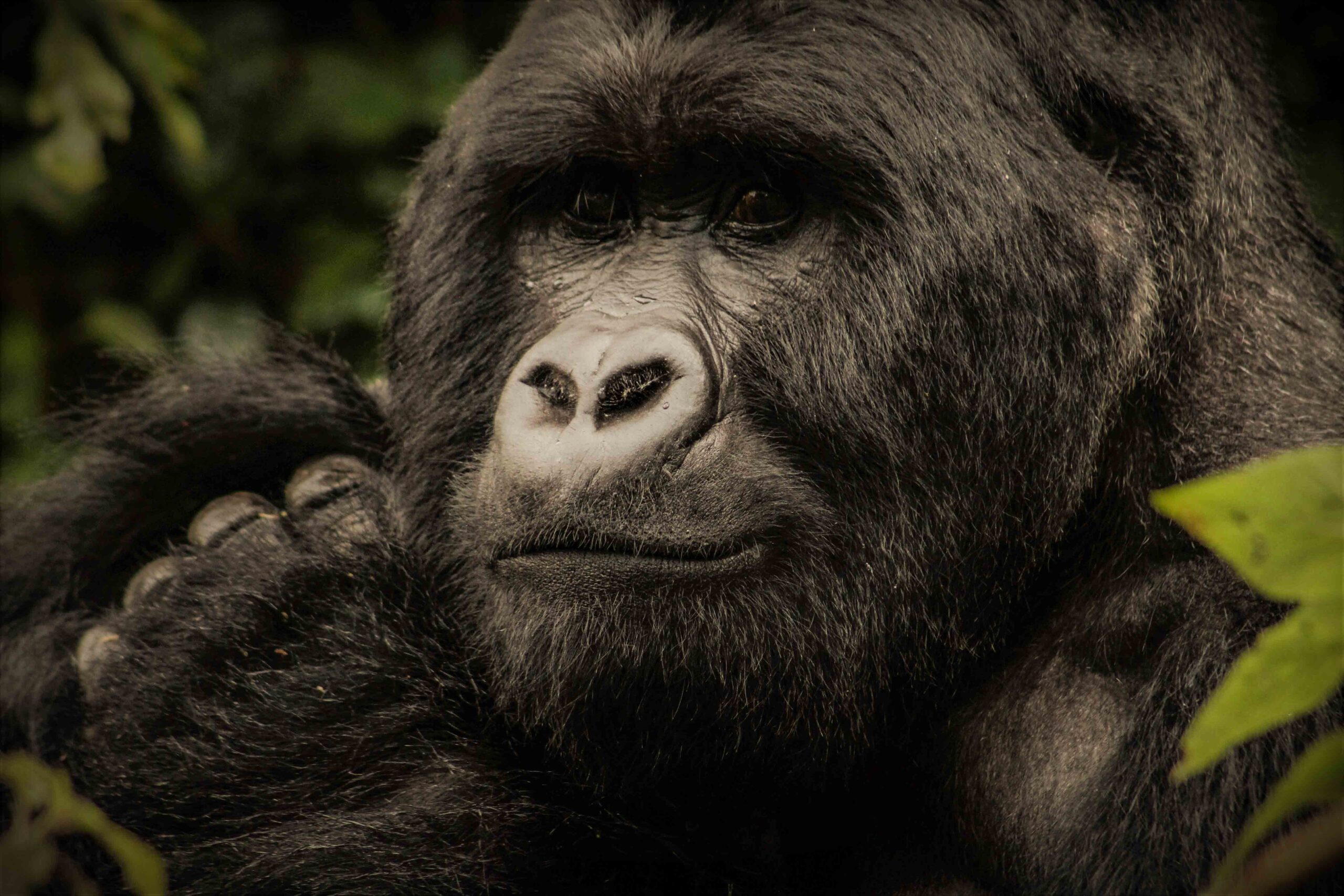-
Overview
Explore Uganda’s top birding destinations as you enjoy the Albertine endemics on the western stretch, bordering Rwanda and Congo, push further to the north for savannah specials and stretch further to the east till the clock and map bring you back to the starting point Entebbe.
It’s a hard-core birding tour with a target species of 550-650 and has a spice of primates that’s mountain gorillas and chimpanzees and more wildlife encounters. Areas to visit shall be, Bwindi impenetrable national park, mabamba swamp, lake Mburo National Park, Mgahinga national park, Queen Elizabeth national park, semuliki national park, Kibale forest national park, Royal mile-Budongo, Murchison falls national park, Kidepo valley national park, moroto-Kenya road,matheniko-bokora game reserves, pian upe game reserve, mount Elgon forest.
- Includes / Excludes
Safari inclusions
English speaking guide
Meals and accommodation
Activities as mentioned in the program
Drinking water
4*4 safari vehicle
Gorilla permits
Safari exclusions
Visas and tips
Souvenirs
Additional activities
Wines/spirits/beers
Itinerary Details
Day 1: Entebbe International airport| Mabamba Swamp
You will be picked up by our safari guide at the airport and proceed to your lodge/hotel later on go for the shoebill hunt on the famous mabamba swamp, straight at the margins of Lake Victoria. This takes about 2-4 hours on the water and is still able to have more extra hours on land. Note that your flight time determines this first day, but regardless of the time the shoebill search happens either on this day or before transferring to the next destination. However, the best idea is arriving a day earlier for relaxation and preparing for the next days.



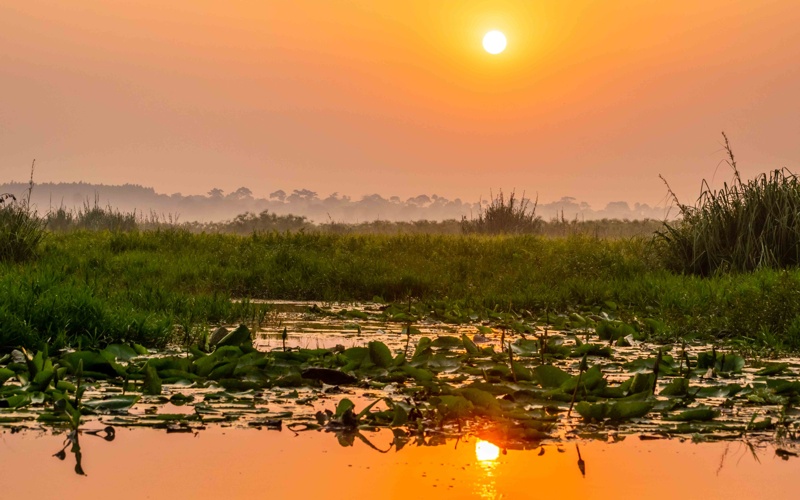

Day 2: Transfer to Lake Mburo national park
Have an early breakfast as you enjoy the early morning bird calls, and then drive off to the whispers of the wild. Have stopovers along the way as the country is full of lots of beautiful birding spots, it's fascinating based on how you will find yourself having almost endless bird list just in a day till you arrive at your lodge.
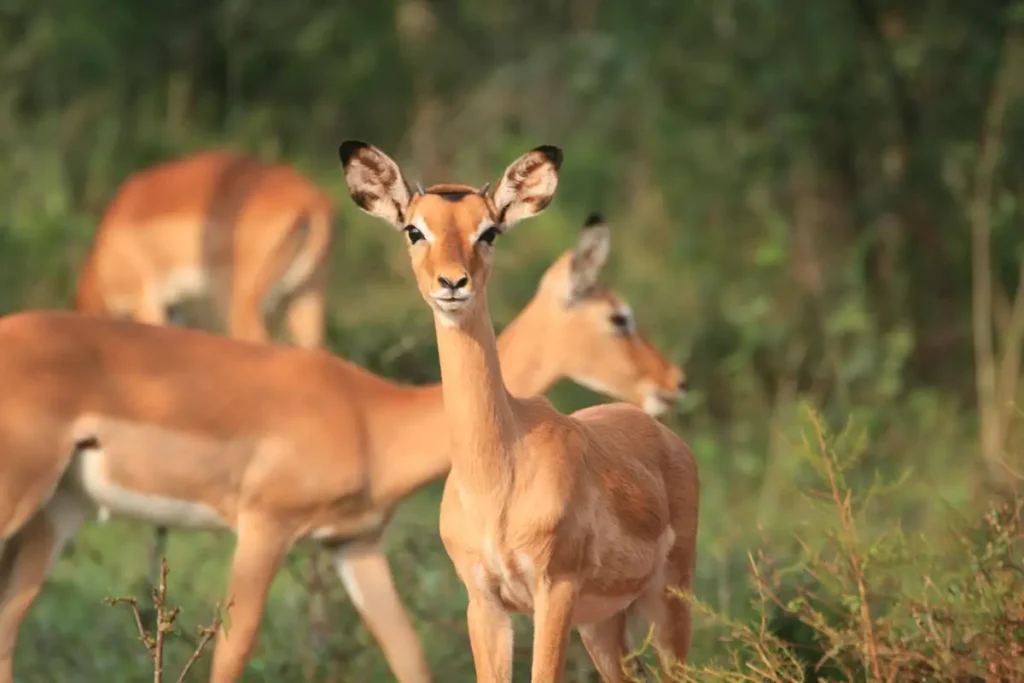







Day 3: Full-day birding within and around Lake Mburo national park.
Start the day very early and enjoy the savannah specials, the park is well known for its richness in birds, have a nature walk in the park with a ranger guide, and do the extensive birding on a lucky day you will spot the Black-colored Barbets, crested Barbets Sulphur-breasted Bush-shrike, the African finfoot while on a boat ride, Papyrus Gonolek and many other special birds. You will either have a packed lunch or hot lunch from the hotel, and the back for the evening treat as you look for last lifers and shots as the sundowner fancies the show.
Day 4: Birding in Mgahinga national park
Transfer to the land of Albertine endemics via the Ankole flat lands and mountainous Kigezi, and have enough stopovers along the way while birding, not forgetting the birding along the Echuya forest for the forest dwellers.


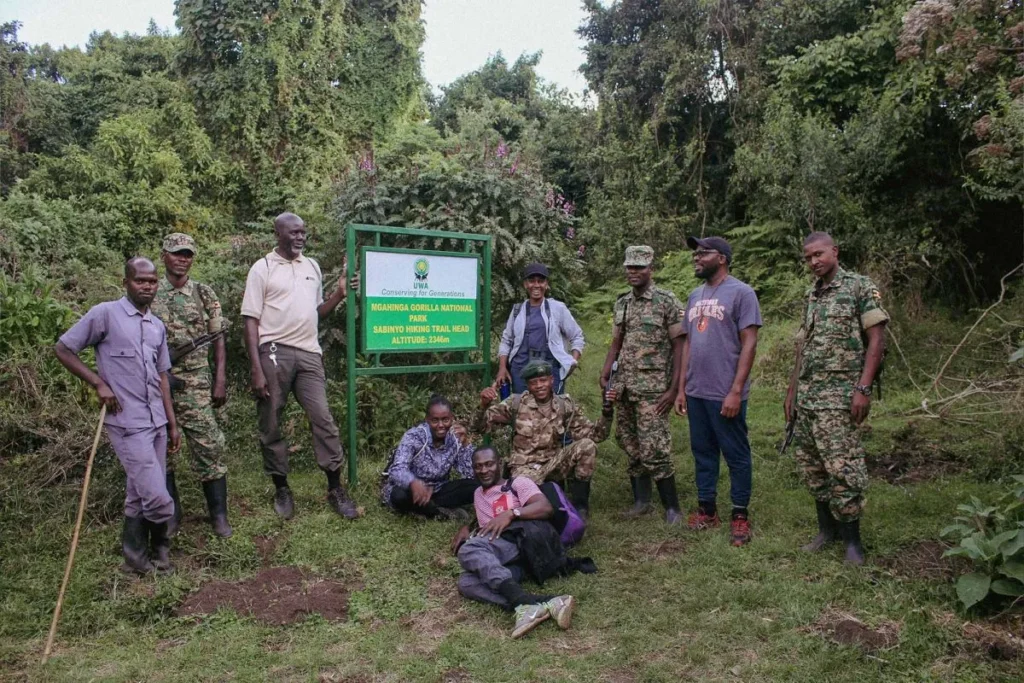



Day 5: Whole day extensive Albertine endemics search
The real game for the Albertine endemics starts now in the smallest national park of the country at 33.7km2, have a full day in one of the famous national parks rich in wildlife and home to over 180 bird species, and look for those key specials like the Rwenzori Batis, Kivu-ground Thrush, Blue-headed Weaver, Regal Sunbird, and many others.
Day 6: Gorilla trekking and transfer to Ruhija – all in Bwindi's impenetrable national park
. Wake up early have breakfast and organize all the requirements as briefed by your safari guide, like rain gear, packed lunch, drinking water, and many others, all the rest of the dos and don’ts shall be communicated by the ranger guide as you head in the jungle. The experience takes between 2-7 hours and with 60 minutes of viewing. After the epic primate experience, transfer to the Ruhija sector the land of African-green Broadbill and Doherty’s Bushshrike.






Day 7: Whole day birding within Bwindi forest
Well known worldwide for its possession of the endangered African-green Broadbill, and the famous mubwindi swamp, the sector has several rare species and has a chance to see the Doherty’s Bushshrike, Black-billed Turaco, Regal sunbird, Narina Tragon, Handsome Francolin and many colored Bushshrike and, many others. The list shall be awe at the end of the day as call it a day.






Day 8: Birding to the Buhoma sector-part of the Bwindi forest
After your sumptuous breakfast, you drive through the forest and partly on the margins with key spots for birding as this gives you a high chase to enjoy more of the forest dwellers like the Cassin’s flycatcher, Black-billed Weaver and much more that shall make the list interesting.
Day 10: Birding to Ishasha sector - Queen Elizabeth national park
Have an early morning breakfast, and set off to the medley of wonders, have a few stopovers along the way as you connect to the southern sector of the park, you will drive through the home of the tree-climbing lions and shady acacia forests take an eagle eye In all corners, you will as well have an evening birding within the sector as you as well enjoy the sundowner.
Day 11: Birding to northern sector of Queen Elizabeth national park
After your very early breakfast enter again the sector and search further the beautiful birds doing keen birding as the place is truly rich in wildlife and birds that share premises with the bordering Congo and as it's still the Albertine stretch and has several marshy areas for sporting more water birds both big and small such as the Shoebill, Red-collared Widowbird, Barbets, warblers, starlings, fish eagles, and more big birds; like raptors and vultures and many others You will then still drive through the different reserves that connect to the north via the Maramagambo forest.
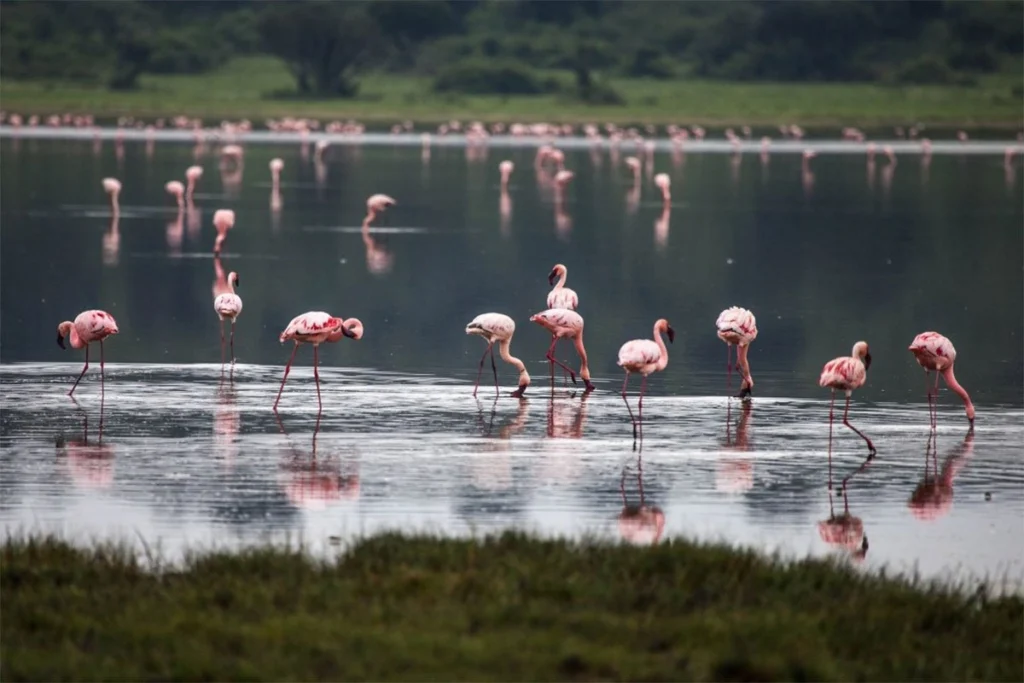





Day 12: Full-day birding and wildlife viewing/boat cruise on the Kazinga channel.
Enjoy the birding as the sun rises, and have a great lookout for cats like leopards, lions, serval cats, elephants, and many others. The park offers a variety of savannah specials, flycatchers, lapwings, weavers, Thickness, Bush shrikes, mannikins and finches, snipes, eagles, vultures, kingfishers, and many others. Later on, after lunch, go and enjoy birding on the Kazinga channel as you search for lots of kingfishers, fish eagles, Bee-eaters, and storks not forgetting a big population of big game on the shores of the channel. (you will have a packed lunch)
Birding in Semuliki national park will start in the mid-morning upon arrival and also in the early evening before retiring to the lodge. You will be escorted by an experienced bird guide where you will be able to view different bird species including Red Throated Bee-eater, Purple Glossy-starling, Black-wattled Hornbill, Long Tailed Hawk, Congo Serpent Eagle, and so much more.


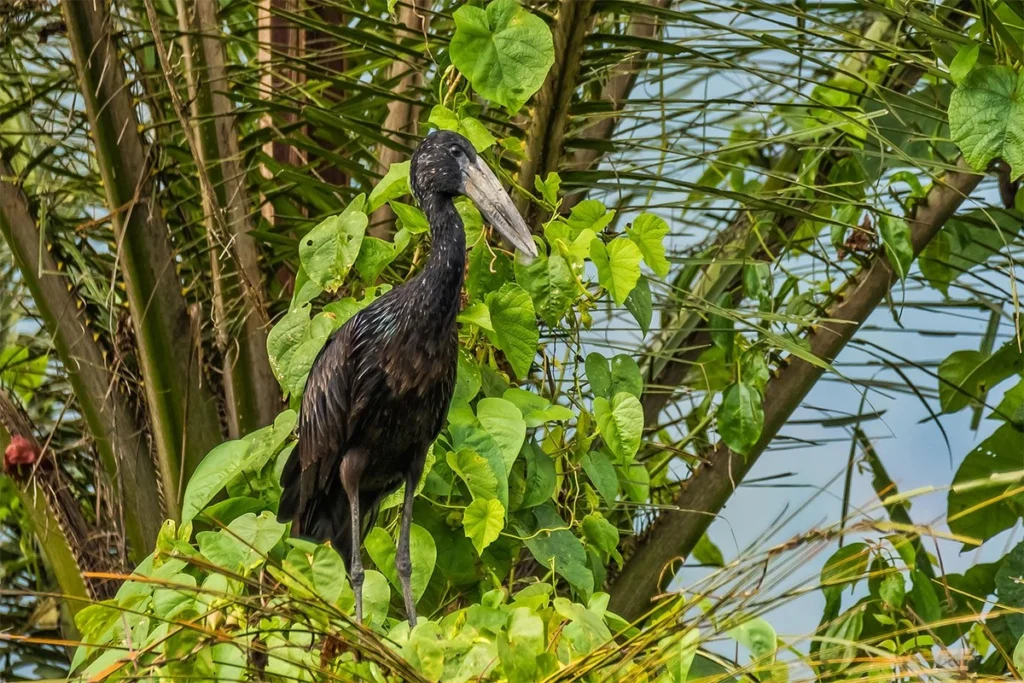



Day 14-15: Extensive birding within and around semuliki national park
Have 2 full days of birding and in search of rare primates in this beautiful land and later transfer to the primate capital, the Kibale forest. The list is endless while in semuliki, however like any other birder/photographer, waking up early and moving with parked lunch shall be routine, you shall be having a ranger guide good in birds and more accompanied by a driver guide to enhancing the birding. Just think of the Dwarf Hornbills, White-crested Hornbills, Piping Hornbills, Black-casqued Hornbills, Orange-cheeked Waxbill, African Piculate, Congo-Serpent Eagle, the famous and rare DeBrazza’s monkey, Mona monkey, the Ugandan red colobus monkey, gray checked Mangabey, Red-rumped Tinkerbird, Yellow-fronted Tinkerbird, and many others mention a few. The park has its natural setup of the beautiful hot springs which at times are key spots of the Painted Snipe.
Day 16: chimpanzee trekking and community outreach / Bigodi swamp
Having had great days in semuliki, the primate capital shall add more wonders. After your breakfast, drive to the briefing grounds, where you will be distributed into different groups. Carry with you enough drinking water, and a snack and wear as recommended, you will be led by a ranger guide to the jungle and this shall take 2-4 hours and with 60 minutes of viewing. Enjoy the bird calls, ancient tree species, and primates like the red-tailed monkey, blue monkey, red colobus monkey, and many others. Afterward, you shall have a community walk around the surrounding swamps and key birding spots to enlighten the day.
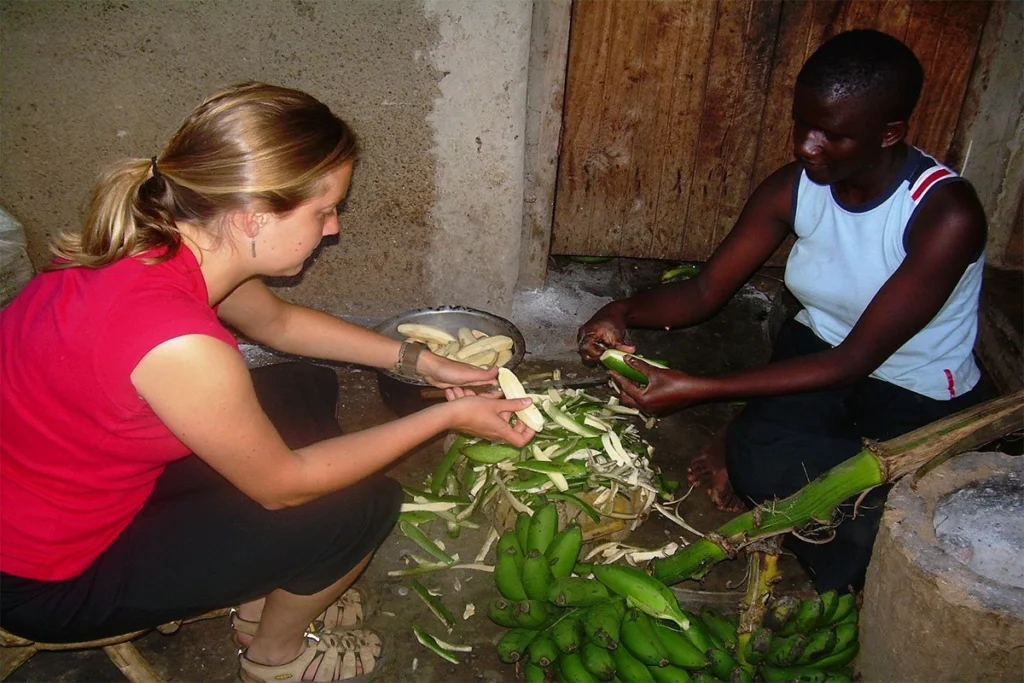

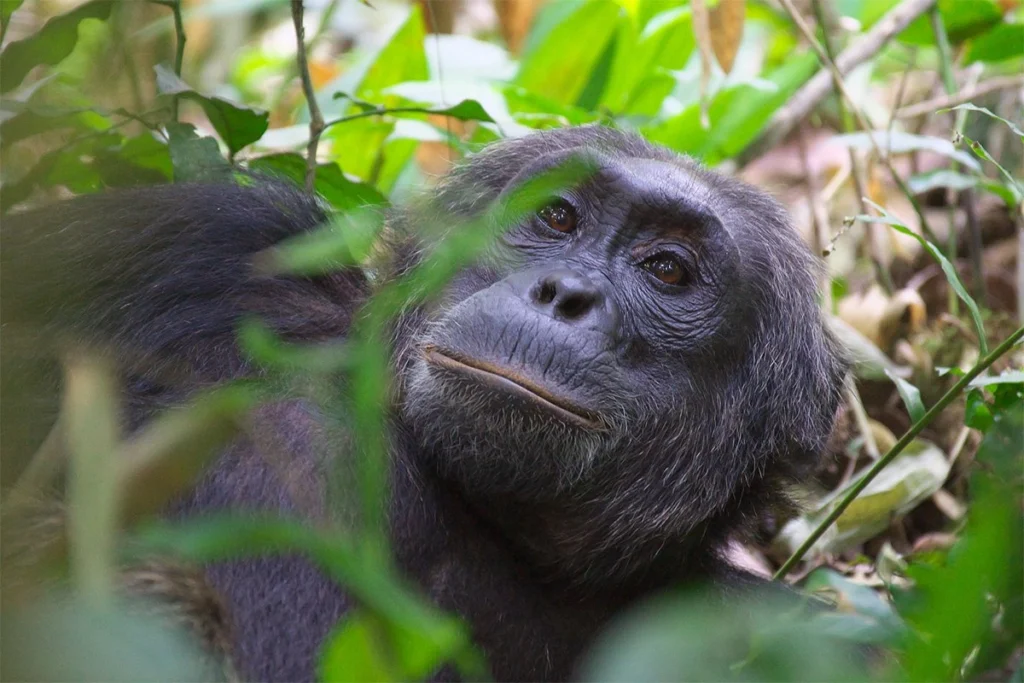

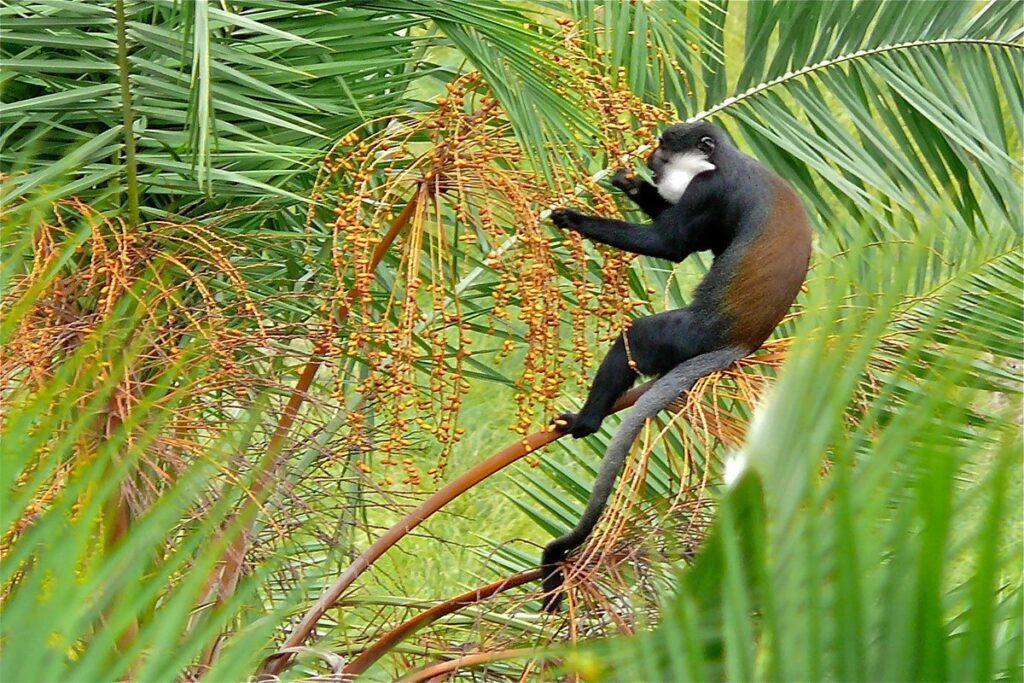

Day 17: Birding to Masindi via Hoima city
It’s a 5-7 hour drive, meaning that waking up shall be a major aim. Have enough stopovers along the road, the place is so beautiful in landscapes formed by tea plantations, sugarcane plantations, and marginal forests that shall be key stopovers for birding. Any garden bird can be spotted and the raptors as well, getting closer to Budongo more of the forest species can easily be seen on the forest margins.
Day 18: Full day birding in the Royal mile | Budongo forest
Located in the Budongo forest situated at the edge of the Albertine rift south of Murchison falls national park. It’s one of the famous birding areas highly recommended with some unique species like the Blue-breasted Kingfisher, Dwarf kingfisher, the Nahan’s Francolin, Cassin’s Spinetail, and more sought-after species.


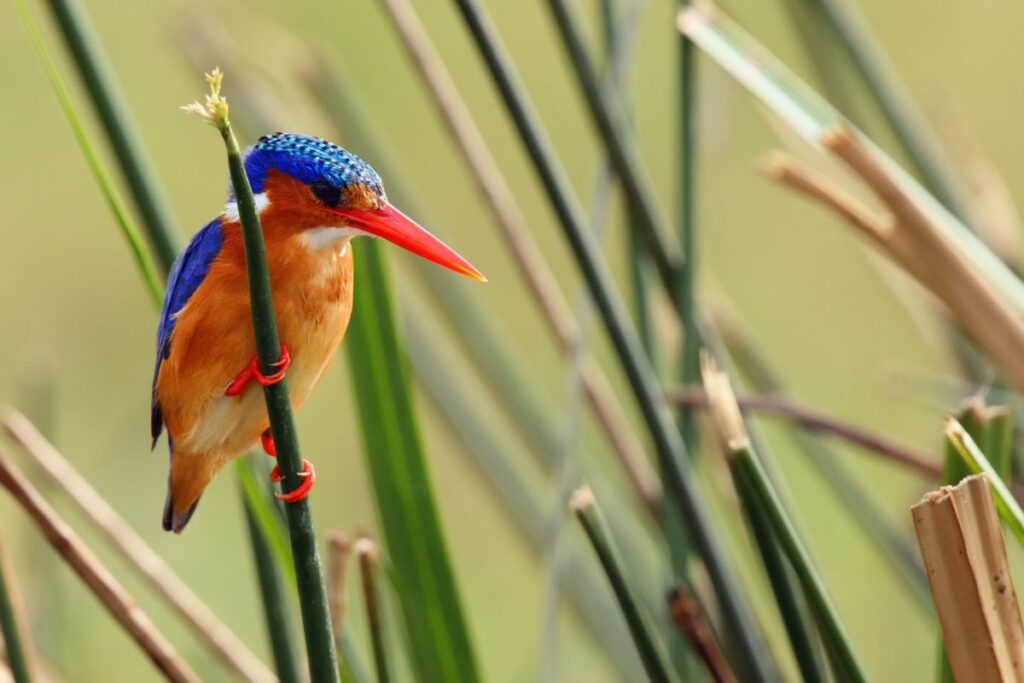



Day 19-20: Birding to Murchison Falls National Park | Full day of epic adventure within the park
Check out from your lodge around the Budongo forest and face north of the park, lots of raptors are seen being a lucky day, bee-eaters, storks, and many others. Later go to the top of the falls which is Uganda’s secret wonder, and have a walk around the falls for some rare species like the Rock pratincole, Bat hawks, and many others. It’s so fascinating while at the falls as the Nile squeezes itself into the 8 meters wide devil's cauldron. After the epic adventure proceeds to the open savannah with Borassus palms, cross the Nile, and feed your eyes with the savannah specials, you shall have a morning drive and afternoon boat cruise on the Nile, and all this is a key chance for lots of birds like the Black-billed Barbet, silver bird, sunbirds, and many rare and common species.
Day 21: Birding to Kidepo valley national park
After your breakfast, transfer to Africa’s true wilderness, and have a few stopovers along the Pakwach-Kitgum highway as you are connecting to the endless landscapes of the northeast. It’s different from the rest of the areas, flat, hilly, and well artery designed by mountains. Have a great time for the dry land specials towards the park like the Goshawks, pygmy Sunbird, starlings, Grass-hopper Buzzards, kestrels, and many others. Have a different touch of the people and vegetation cover.
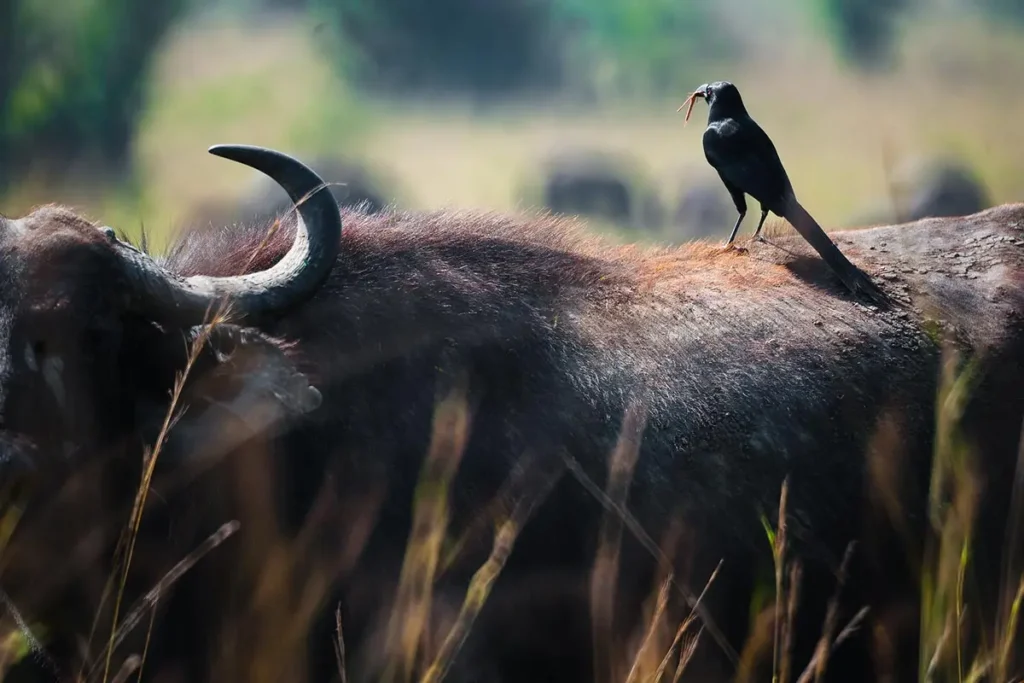



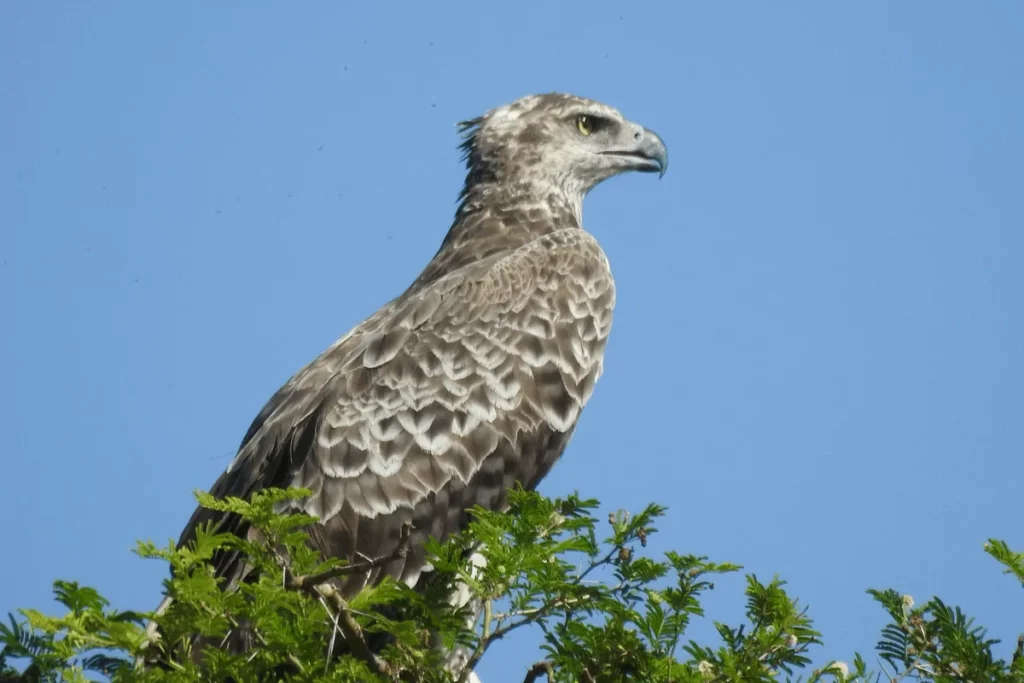

Day 22-24: Extensive birding | big game viewing
Hosting about 75 mammal species and over 470 bird species, bordering South Sudan and western Kenya, the park is rich in some rare species that migrate between those two countries and is among the most eye-catching destinations in the country. Have a chance to spot the Rose-ringed Parakeet, Secretary bird, Fox kestrel, barbets, Clapperton’s Francolin, and lots of vultures having in mind that the park has the highest population of vultures in the whole country. These two full days shall be like no other and packed lunch will always be the way to manage time. It's to note that the area is made of more wildlife like lions, leopards, cheetahs, elands, elephants, reedbucks, giraffes, and many others.
Day 25-26: Transfer to Moroto-full day birding on the road to Kenya and Mt Moroto foothills
Check out of Kidepo and drive further on the margins of the northeast, to Toronto for about 6-7 hours Pass by the matheniko-Bokora game reserves, these two provide an epic encounter of birds shared with Uganda and Kenya, it’s truly amazing, like the Purple Grenadier, Straw-tailed Whydah, Eastern-paradise Whydah, Steel-blue Whydah, White-bellied Go-away-bird, Boran Cisticola, little-rock Thrush, White-headed buffalo Weaver, and many others. Have an extensive stretch on the road to Kenya for more life and discoveries while already in Moroto. This area is famous for the indigenous Karamojong people, with lots of cattle, lamb, and goats living in round huts.
Day 27: Birding to Pian Upe game reserve
A Remarkable paradise for avid birders due to the various bird species that dwell within the area. The reserve is remarkable for Fox’s weaver, Karamoja Apalis, and other specials like the Green Pitta, ostriches, Secretary Bird, and many others. Carry packed lunch and hit the road ready for the bird.






Day 28: Early morning birding and Transfer to Mt Elgon National Park
Wake up very early have breakfast go those rare species and have a mixture of wildlife like cheetahs if lucky, oribis, Gunther’s dik-dik, buffalos patas monkeys, and many others later on transfer to the Mount Elgon foothills as you enjoy the well-decorated landscapes.
Day 29: Birding in the Elgon Forest
Hosting over 300 bird species, 40 bird species are restricted in the park. Wake up early in the morning have breakfast and enter the forest, birding shall be conducted on the main trails and accompanied by the ranger guide. Carry with you packed lunch and all the required equipment, and have fun with the forest dwellers like the Jacksons Francolin, Tacazze Sunbird, Black-collared Apalis, Hartlaub’s Turaco, and many others.
Day 30: Transfer back to Kampala city-Entebbe international airport.
It’s on this day that seemed a long trip gets shorter and done, have your breakfast early in the morning and drive to Entebbe airport or a hotel for your final packing before the flight. Meals (half board)-accommodation (optional) Note: we are much flexible for changes that suit your expectations Let us know in case of any itinerary changes needed END OF TRIP


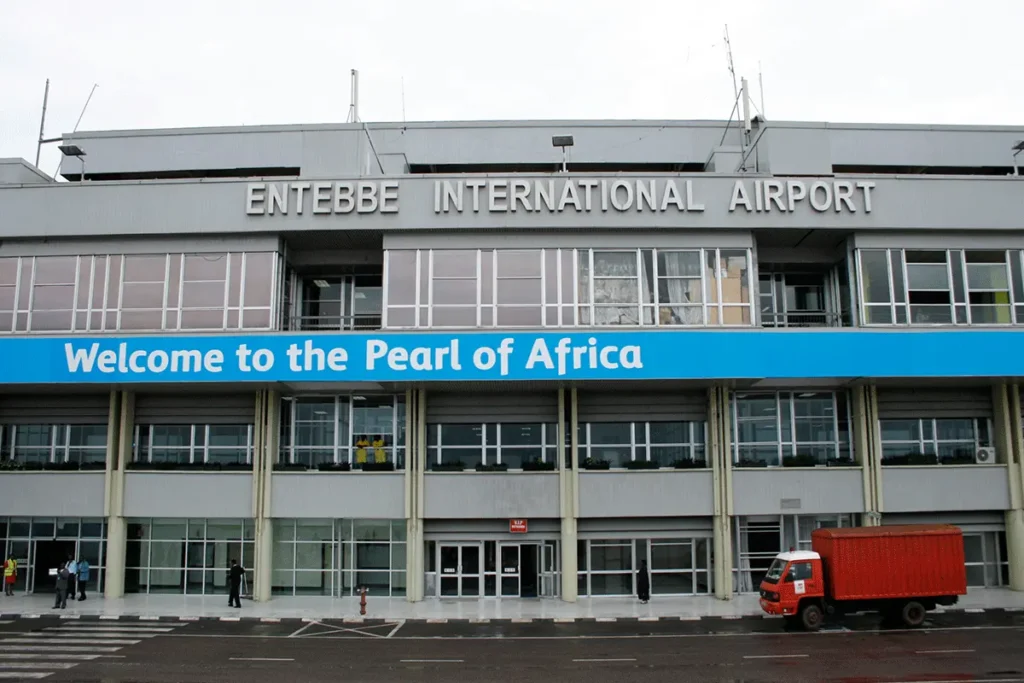



Recommended Tours
Our favorite journeys you do not want to miss out

